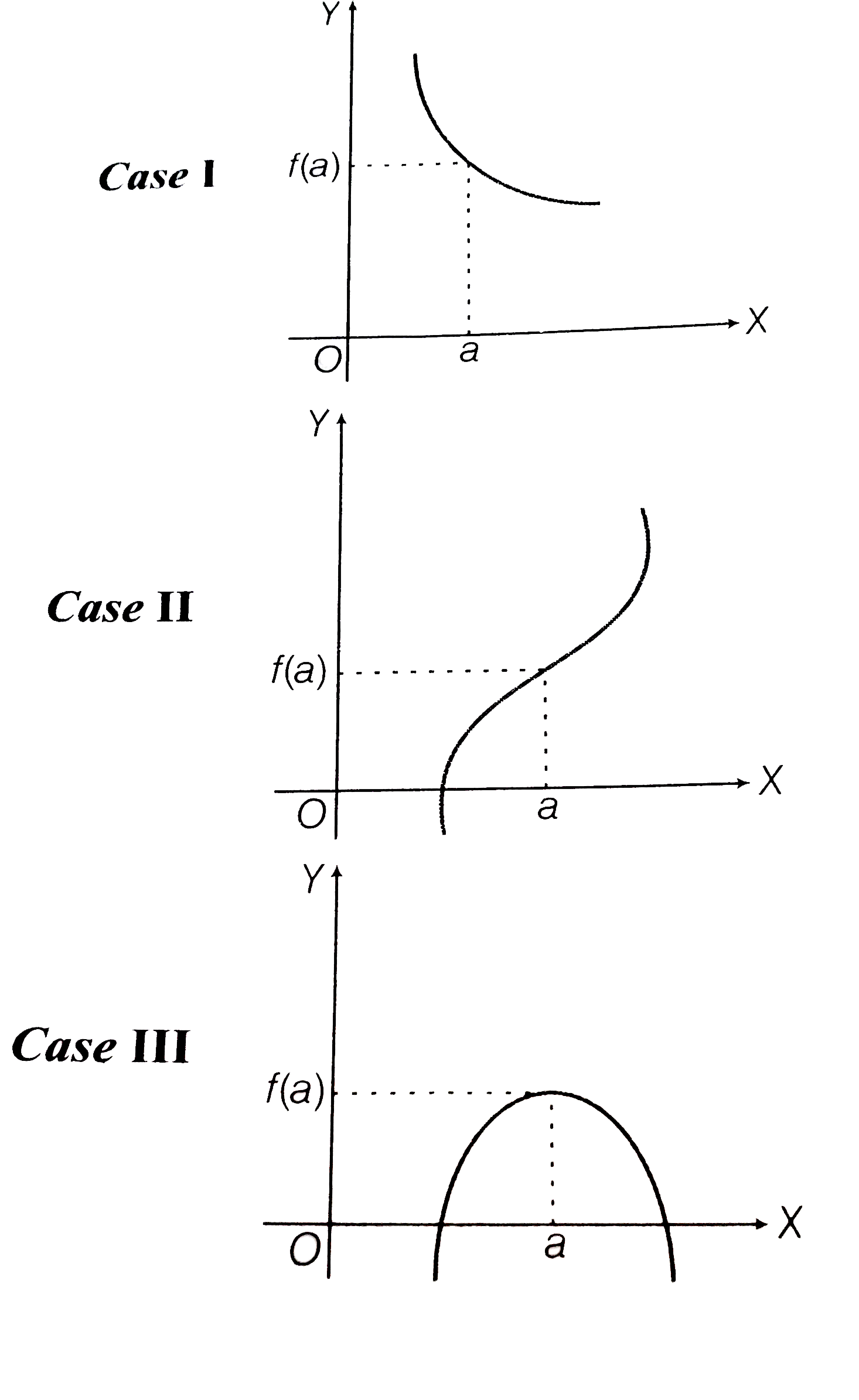If I1=limx→0(tan−1πx−tan−1x)cosxand I2=limx→0(tan−1πx−tan−1x)sinx then (I1,I2) is Solution in Punjabi
(0,0)
(0,1)
(1,0)
None of the above
The correct Answer is:A
Step by step video & image solution for If I_(1)=lim_(xto 0)(tan^(-1)pi x- tan^(-1)x)cosx and I_(2)=lim_(xto0)(tan^(-1)pi x-tan^(-1)x)sinx then (I_(1),I_(2)) is by Maths experts to help you in doubts & scoring excellent marks in Class 12 exams.
Updated on:21/07/2023Topper's Solved these Questions
- LIMITSBOOK - ARIHANT MATHSCHAPTER - LIMITSEXERCISE - Exercise (More Than One Correct Option Type Questions)
15 Videos
- LIMITSBOOK - ARIHANT MATHSCHAPTER - LIMITSEXERCISE - Exercise (Passage Based Questions)
10 Videos
- LIMITSBOOK - ARIHANT MATHSCHAPTER - LIMITSEXERCISE - SOLVED EXAMPLES
1 Videos
- INVERSE TRIGONOMETRIC FUNCTIONSBOOK - ARIHANT MATHSCHAPTER - INVERSE TRIGONOMETRIC FUNCTIONSEXERCISE - Exercise (Questions Asked In Previous 13 Years Exam)
8 Videos
- LOGARITHM AND THEIR PROPERTIESBOOK - ARIHANT MATHSCHAPTER - LOGARITHM AND THEIR PROPERTIESEXERCISE - Exercise (Questions Asked In Previous 13 Years Exam)
4 Videos
Similar Questions
If limx→∞4x(π4−tan−1(x+1x+2))=y2+4y+5 then y can be equal to
View SolutionIf limx→af(x)=1 and limx→ag(x)=∞ then limx→a{f(x)}g(x)=elimx→a(f(x)−1)g(x)
limx→0(sinxx)sinxx−sinx is equal to
View SolutionTo evaluate limx→a[f(x)], we must analyse the f(x) in right hand neighbourhood as well as in left hand neighbourhood of x=a. E.g. In case of continuous function, we may come across followign cases.


Iff(a) is an integer, the limit will exist in Case III and Case IV but not in Case I and Case II. If f(a) is not an integer, the limit exists in all the cases. ltbgt If f'(1)=−3 and limx→1[f(x)−12] does not exist, (where [.] denotes the greatest integer function), then
View SolutionIf α=3sin−1(611andβ=3cos−1(49), where the inverse trigonometric functions take only the principal values, then the correct options (s) is (are)
View SolutionIn Which quadrant Point (−2,−3) will be lie.
View SolutionIfIn=∫10xn(tan−1x)dx,thenprovethat (n+1)In+(n−1)In−2=−1n+π2
View SolutionIf I1=∫1−1(tan−1x+1x)dx&I2=∫1−1(cot−1x+cot−11x)dx, then I1=I2+2π (b) I1=I2 I2=2π+I1 (d) I1=π
View SolutionIf I1=∫π20xsinxdx and I2=∫10tan−1xxdx, then I1I2= (A) 1 (B) 12 (C) 2 (D) π2
View SolutionIf In=∫π/40tannxdx, then
1I2+I4,1I3+I5,1I4+I6,... from\
View Solutionयदि In=∫π/40tannxdx तो सिद्ध कीजिएः की
In+In+2=1n+1
View SolutionIf I1=limx→∞(tan−1πx−tan−1x)cosxand I2=limx→0(tan−1πx−tan−1x)cosx then (I1,I2) is
View SolutionIf I1=limx→0√tan−1xx−sin−1xx
and I2=limx→0√sin−1xx−tan−1xx, where |x|<1, which of the following statement is true?
View Solutionसमाकलनो
I1=∫π0xdx1+sinx और I2=∫π0(π−x)dx1−sin(π+x) पर विचार कीजिए |
I1+I2 का मान क्या है ?
View SolutionIf In=∫tannxdx then I0+I1+2(I2+......+I8)+I9+I10=
(a) tanx1+tan2x2+....+tan9x9,
(b) −(tanx1+tan2x2+......+tan9x9)
(c) cotx1+cot2x2+......+cot9x9
(d) −(cotx1+cot2x2+......+cot9x9)
View SolutionIf I1=∫π20esinx(1+xcosx)dxandI2=∫π20ecosx(1−xsinx)dx, then [I1I2] is equal to (where [x] denotes the greatest integer less than or equal to x)
View SolutionIf I1∫sin−1(2x1+x2) dx ,
I2=∫cos−1(1−x21+x2) dx ,
I3=∫tan−1(2x1−x2) dx , then I1+I2−I3 =
View Solution
